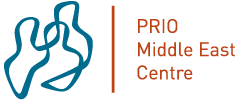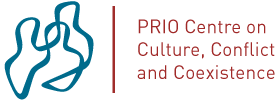The Matrix of Attachment: Immigrant Integration and Transnationalism
Posted Friday, 29 May 2015 by Jørgen Carling & Silje Vatne Pettersen
Immigrants typically have attachments in two directions: to the country in which they live, and to their country of origin. These attachments are often discussed in terms of integration and transnationalism, respectively. A new conceptual framework, which we call the matrix of attachment, enables us to examine immigrant integra-tion and transnationalism simultaneously. This perspective, we argue, can inspire more nuanced analyses and policy development. We use this framework to analyze variations in attachment among immigrants in Norway.

- Immigrant integration and transnationalism are neither related in a fixed way nor independent of each other.
- A substantial proportion of immigrants have weak attachments to both their country of origin and their country of residence.
- There is great variation between immigrants from different countries in patterns of transnationalism and integration.
- In Norway, immigrants from Turkey are particularly likely to be strongly oriented towards their country of origin rather than to their country of residence.
Read more in a recent Policy Brief from the PREMIG project ‘Possibilities and Realities of Return Migration‘. This Policy Brief is also available in Norwegian.


.jpg?x=900&y=300&m=AutomaticCover&hp=Center&vp=Leading&ho=0&vo=20&)







